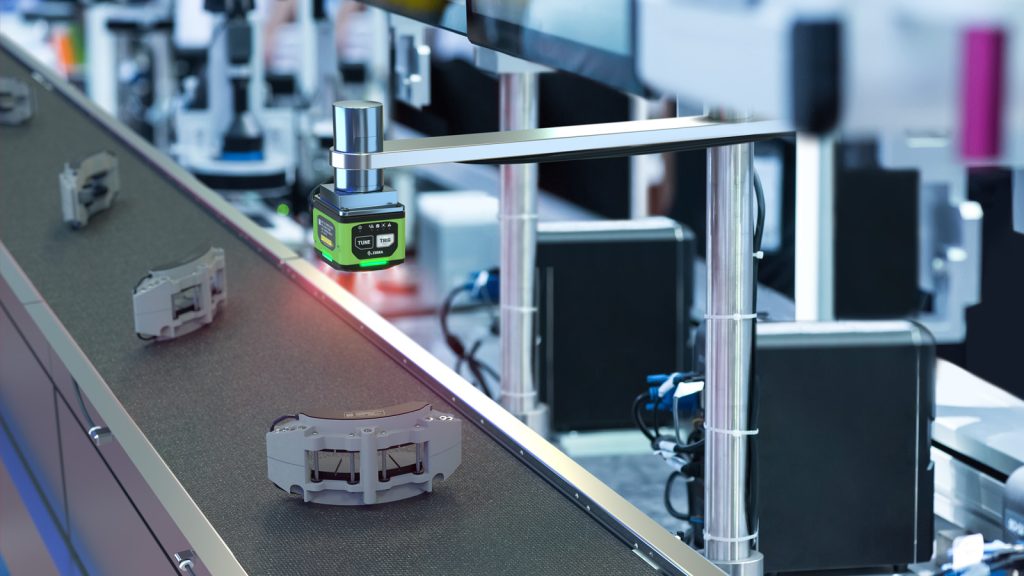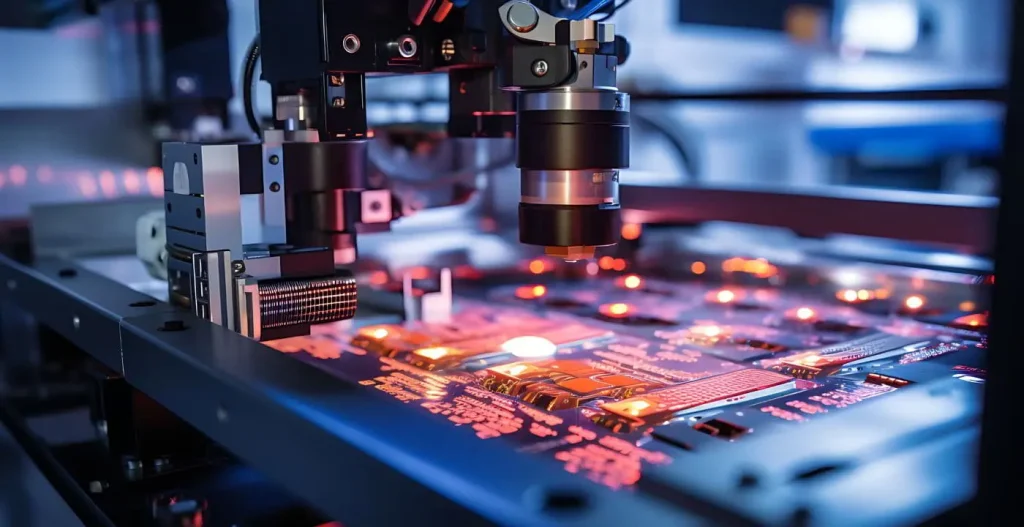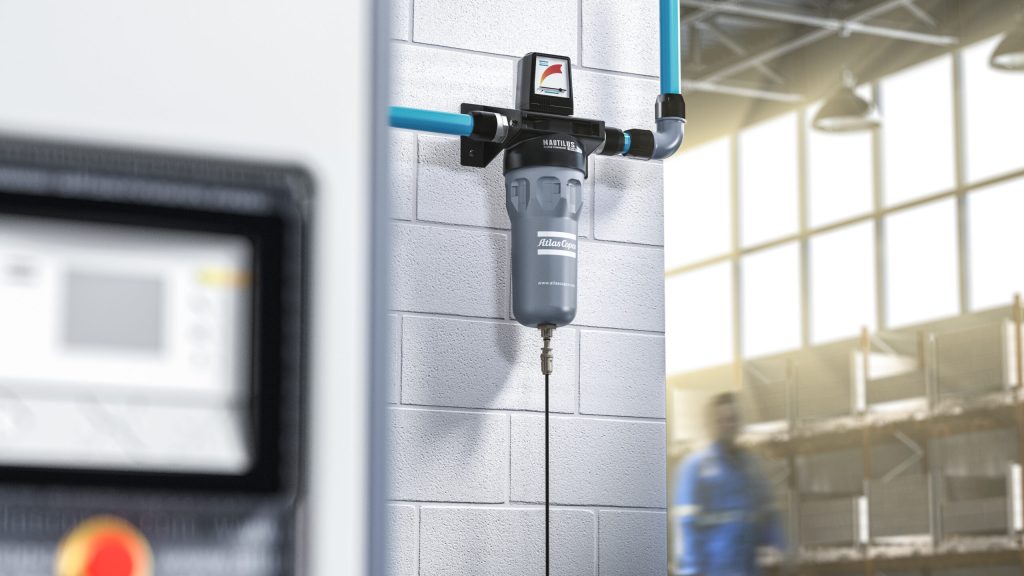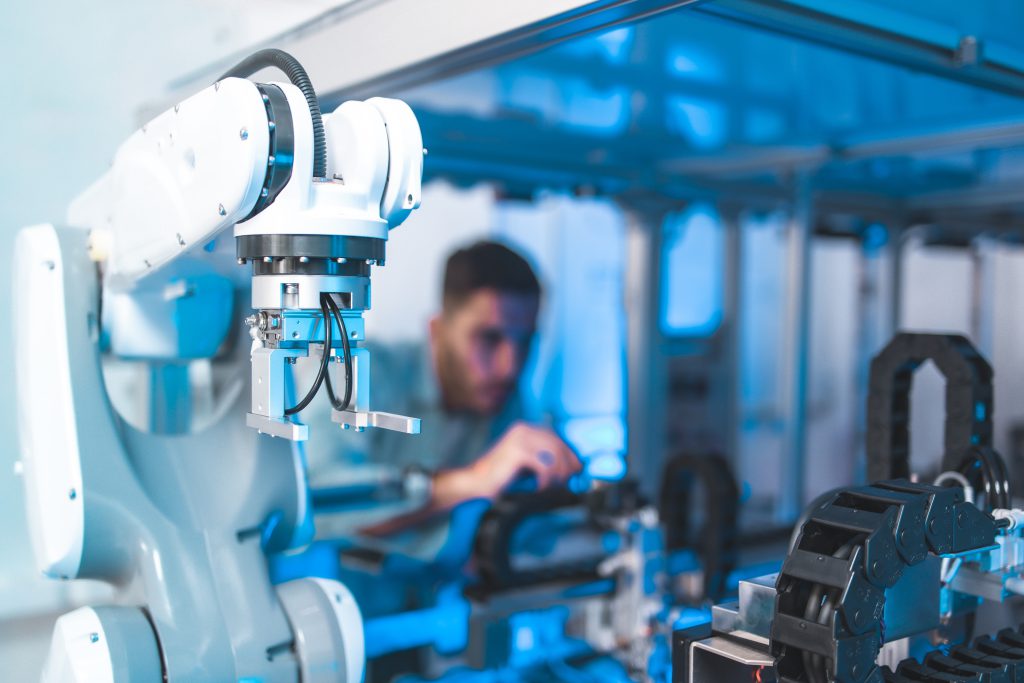Selecting the right pneumatic cylinder is critical for ensuring the efficiency, performance, and longevity of your automated systems. Pneumatic cylinders are essential components in many industrial applications, providing the necessary force and motion to perform a wide range of tasks. However, with various types, sizes, and specifications available, choosing the right cylinder can be challenging. At Humphrey Automation, we understand the complexities involved in this process and are here to guide you through the key factors to consider when selecting the right pneumatic cylinder for your application.
Understanding Pneumatic Cylinders
Pneumatic cylinders, also known as air cylinders, use compressed air to produce linear or rotary motion. They are widely used in industries such as manufacturing, packaging, and material handling, where precise and reliable movement is required. The basic components of a pneumatic cylinder include the piston, cylinder barrel, and end caps. When compressed air enters the cylinder, it pushes the piston, creating motion that can be used to move, lift, or control various loads.
Key Factors to Consider When Selecting a Pneumatic Cylinder
- Type of Cylinder
- Single-Acting vs. Double-Acting Cylinders: The first decision you need to make is whether you need a single-acting or double-acting cylinder. Single-acting cylinders use air pressure to move the piston in one direction, with a spring or gravity returning it to its original position. Double-acting cylinders use air pressure to move the piston in both directions, providing greater control and force. At Pneumation.ca, we offer a wide range of both single-acting and double-acting cylinders to suit different application needs.
- Rodless Cylinders: Rodless cylinders are ideal for applications requiring a long stroke but limited space. These cylinders provide motion along their entire length without an external piston rod, making them compact and efficient for space-constrained environments.
- Compact Cylinders: For applications where space is at a premium, compact cylinders offer the necessary force in a smaller package. These are typically used in applications where the cylinder needs to fit within tight spaces while still providing adequate force.
- Guided Cylinders: Guided cylinders incorporate built-in guides to ensure precise linear motion, making them suitable for applications that require accurate positioning and reduced side loads.
- Bore Size and Stroke Length
- The bore size (the diameter of the cylinder) and stroke length (the distance the piston travels) are crucial parameters in determining the cylinder’s force output and range of motion. A larger bore size increases the force output, while the stroke length determines how far the cylinder can move. Selecting the right combination of bore size and stroke length is essential to ensure the cylinder can handle the load and perform the desired motion. Pneumation.ca provides a variety of bore sizes and stroke lengths to match the specific requirements of your application.
- Operating Pressure
- The operating pressure of your pneumatic system will directly influence the selection of the cylinder. Most pneumatic cylinders operate within a range of 2 to 10 bar (30 to 150 psi), but the exact pressure needed depends on the application’s force requirements and the cylinder’s bore size. It’s important to ensure that the cylinder you choose is rated for the maximum pressure your system will experience. Pneumation.ca offers cylinders designed to operate efficiently at various pressure levels, ensuring compatibility with your system.
- Mounting Options
- The way a cylinder is mounted can significantly affect its performance and durability. Common mounting options include foot mounts, flange mounts, and pivot mounts. The choice of mounting depends on the direction of the load, the available space, and the specific application requirements. Selecting the appropriate mounting style helps to reduce wear and tear on the cylinder and ensures stable operation. Pneumation.ca provides a range of mounting options to suit different installation requirements.
- Environmental Conditions
- The operating environment plays a critical role in the selection of a pneumatic cylinder. Factors such as temperature, humidity, dust, and exposure to chemicals can affect the cylinder’s performance and lifespan. For example, stainless steel cylinders are ideal for corrosive environments, while cylinders with special seals are necessary for high-temperature applications. At Pneumation.ca, we offer cylinders designed to withstand a variety of environmental conditions, ensuring reliable performance in even the most challenging settings.
- Load Requirements
- Understanding the load requirements of your application is essential when selecting a pneumatic cylinder. This includes the weight of the load, the speed at which it needs to move, and the precision required. For applications involving heavy loads or high-speed movement, a cylinder with a larger bore size and stronger construction may be necessary. Additionally, the load type—whether it’s dynamic or static—will influence the cylinder’s design and specifications.
Selecting the right pneumatic cylinder for your application involves careful consideration of several factors, including cylinder type, bore size, stroke length, operating pressure, mounting options, environmental conditions, and load requirements. By taking the time to evaluate these factors, you can ensure that your pneumatic system operates efficiently and reliably. At Pneumation.ca, we are dedicated to helping you find the perfect cylinder for your needs, offering a wide range of high-quality pneumatic components that meet the demands of modern industrial applications.







